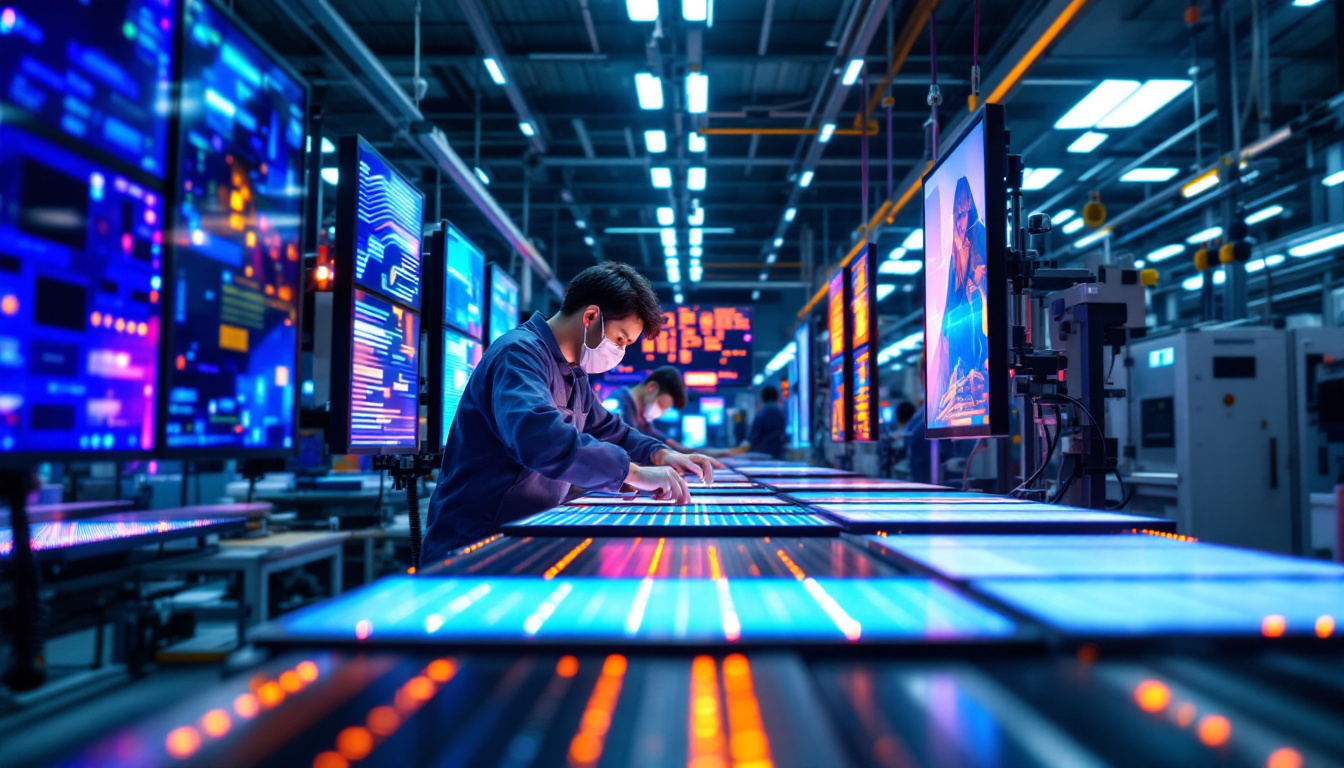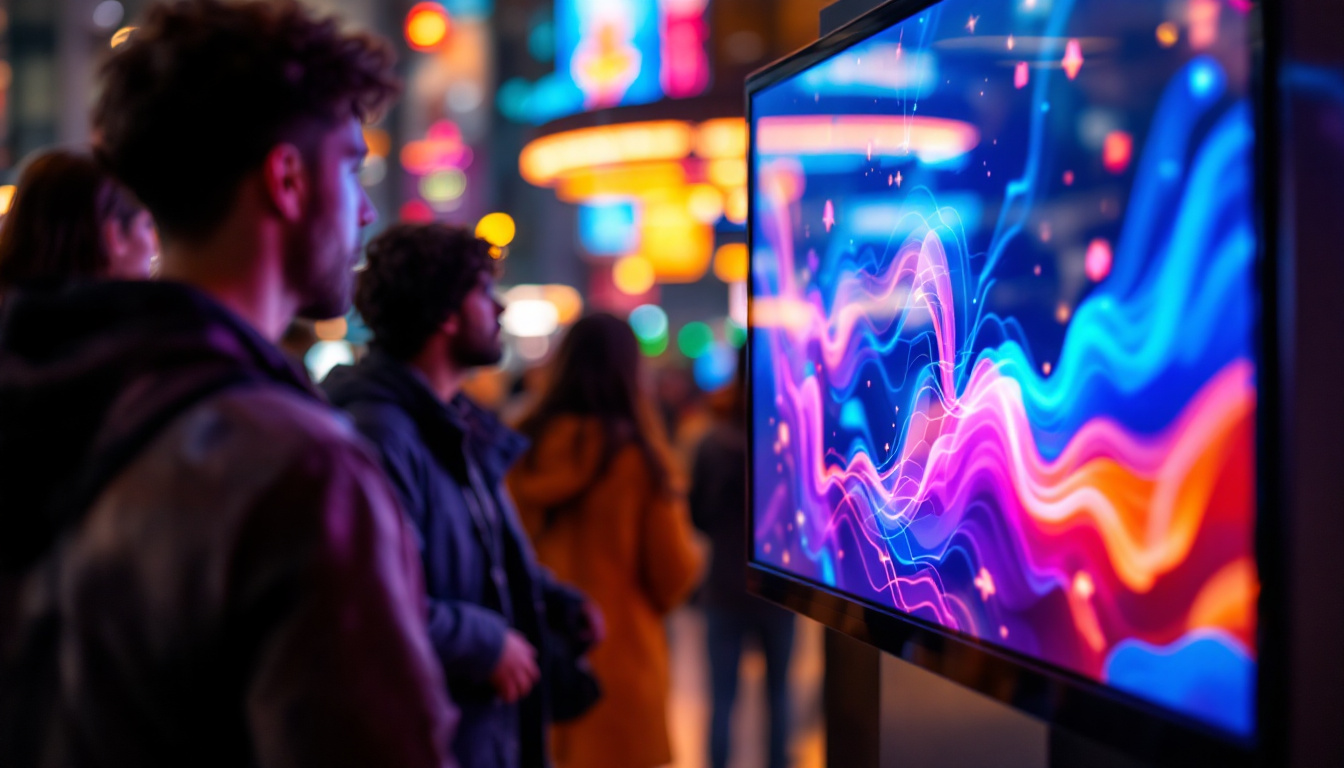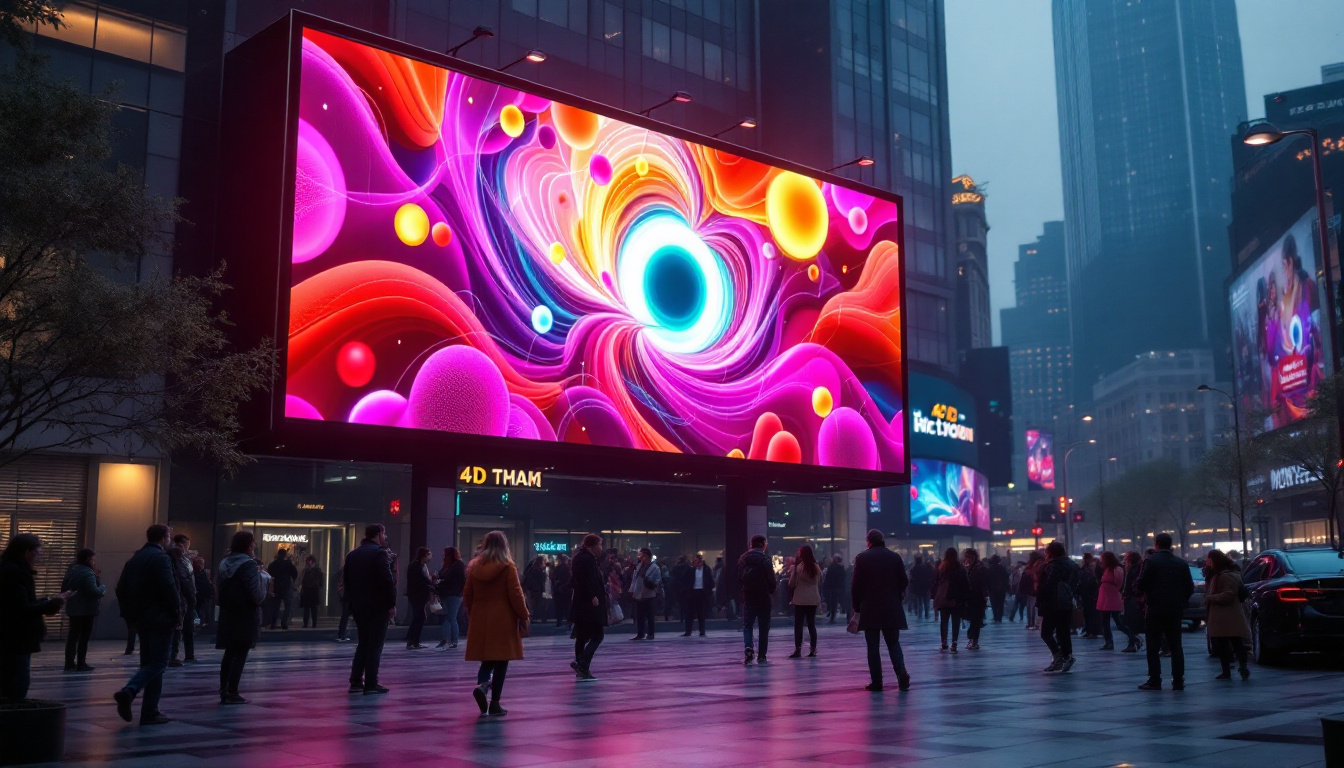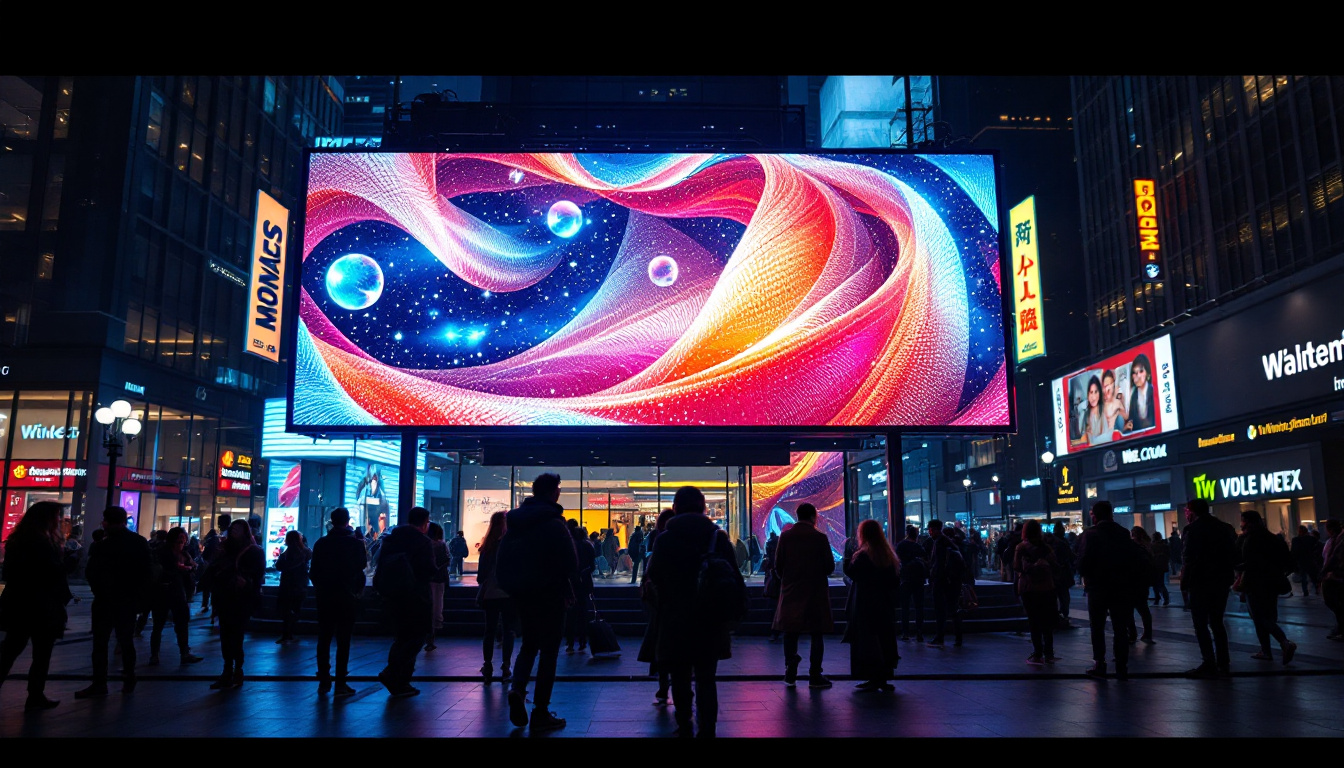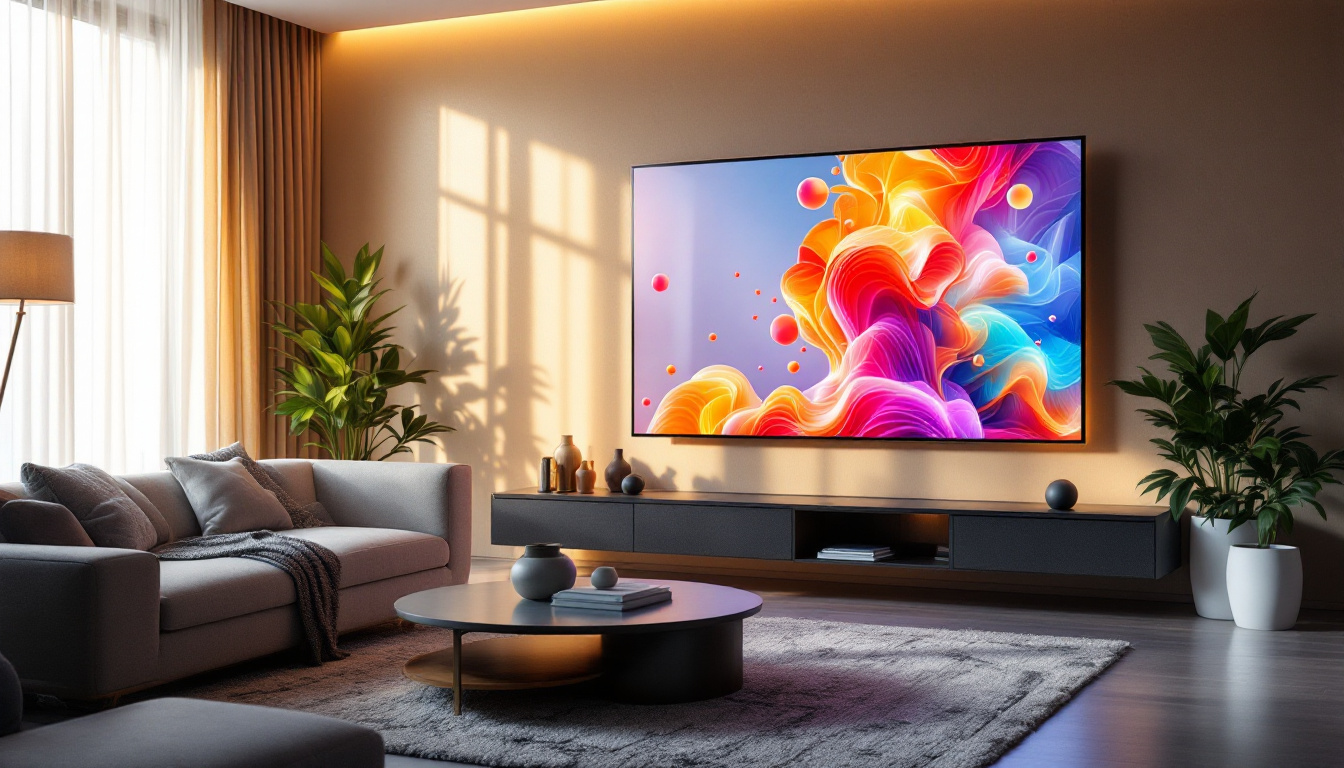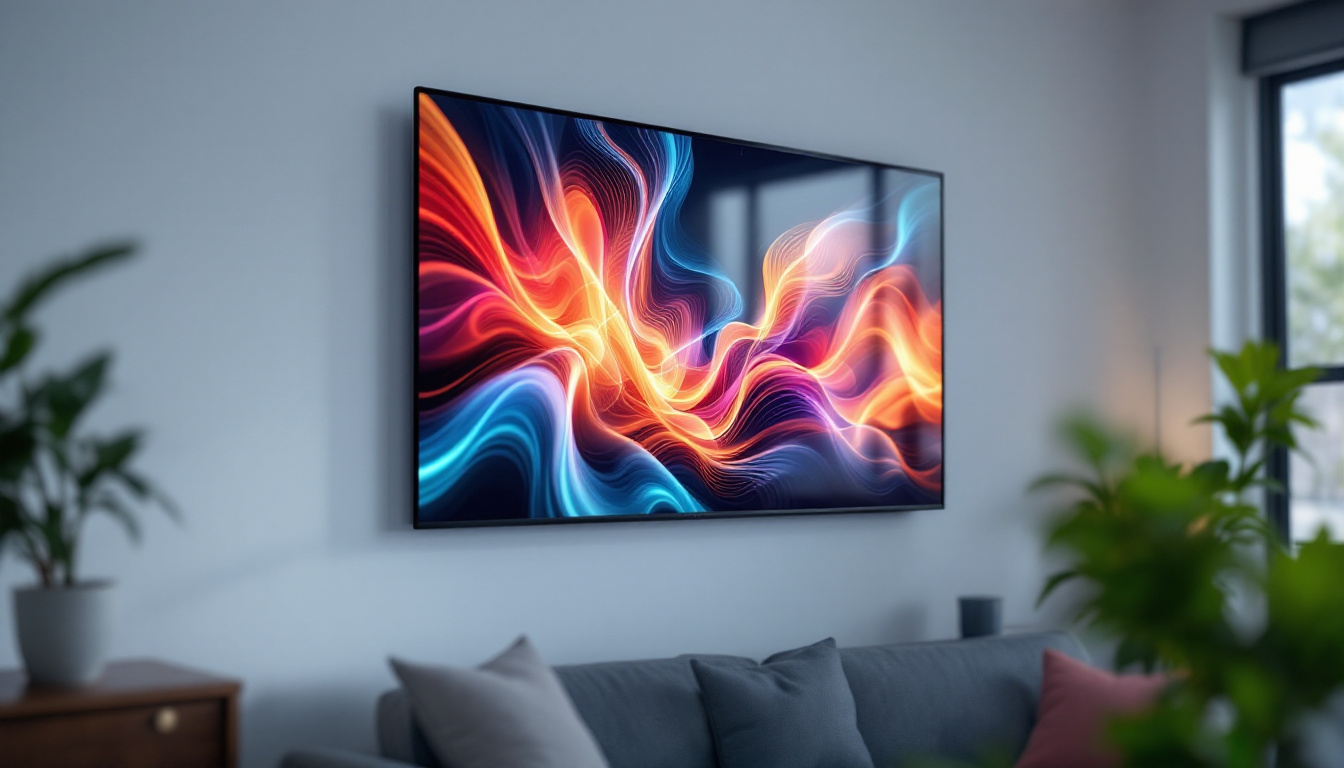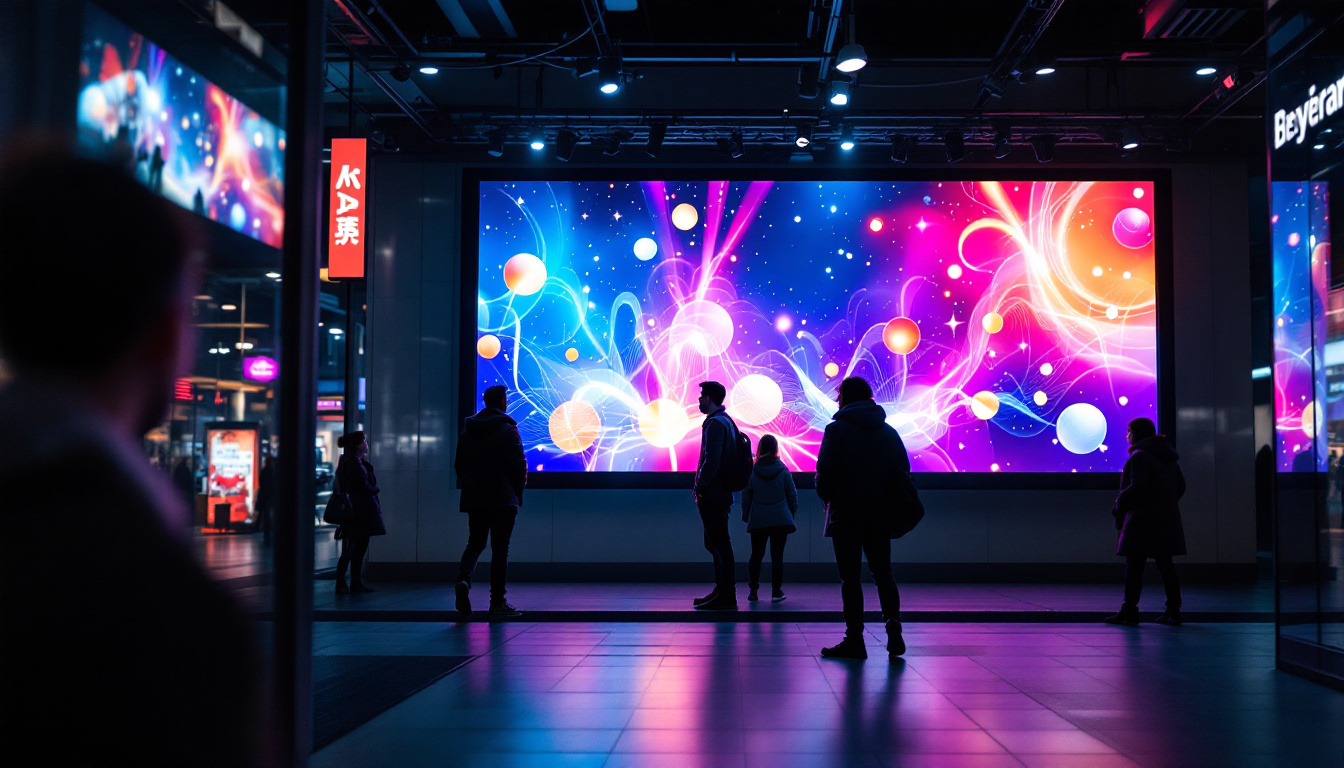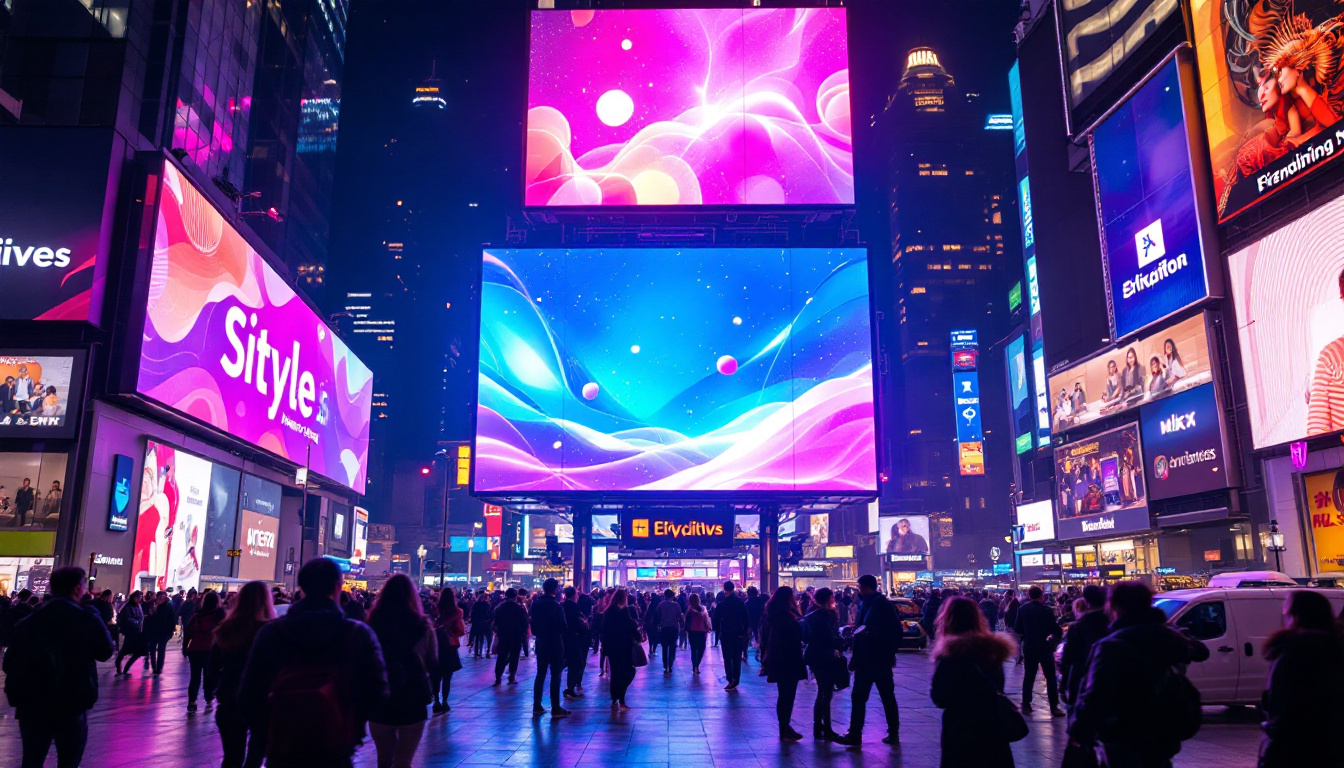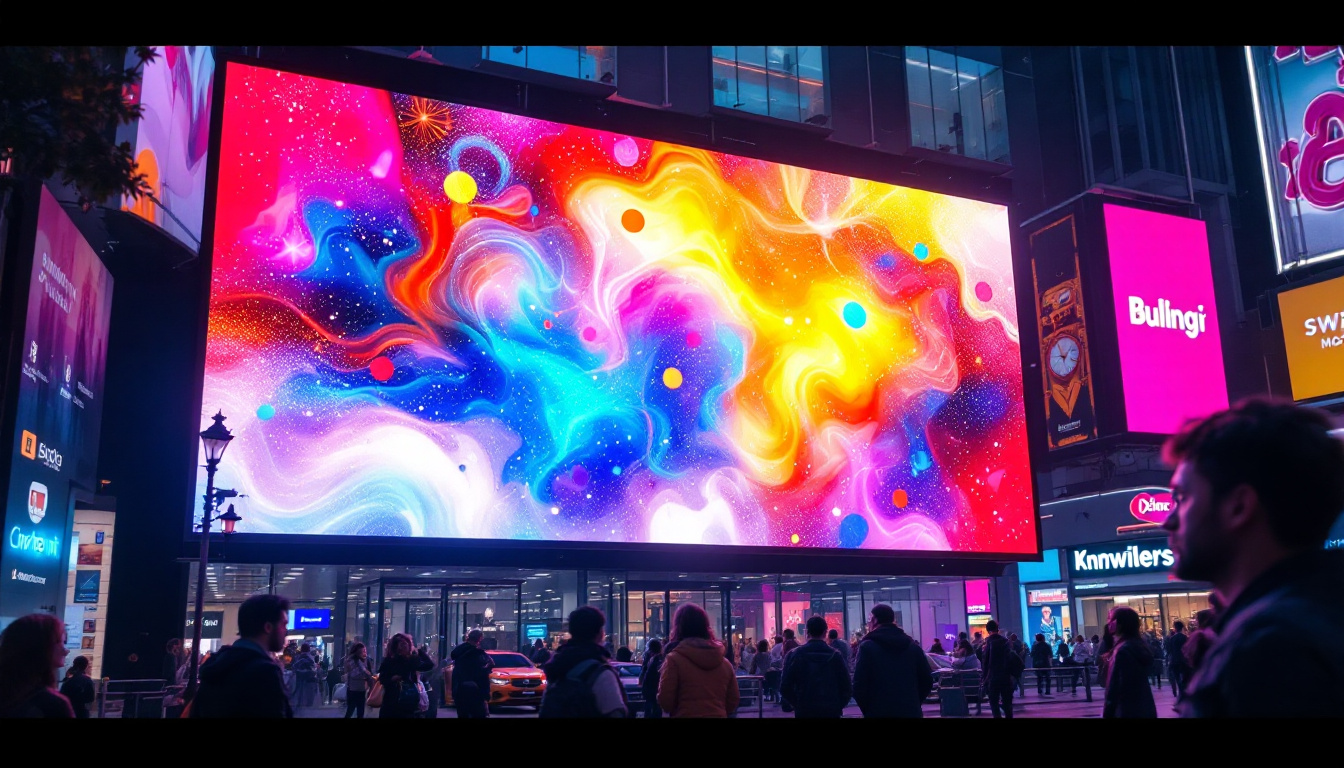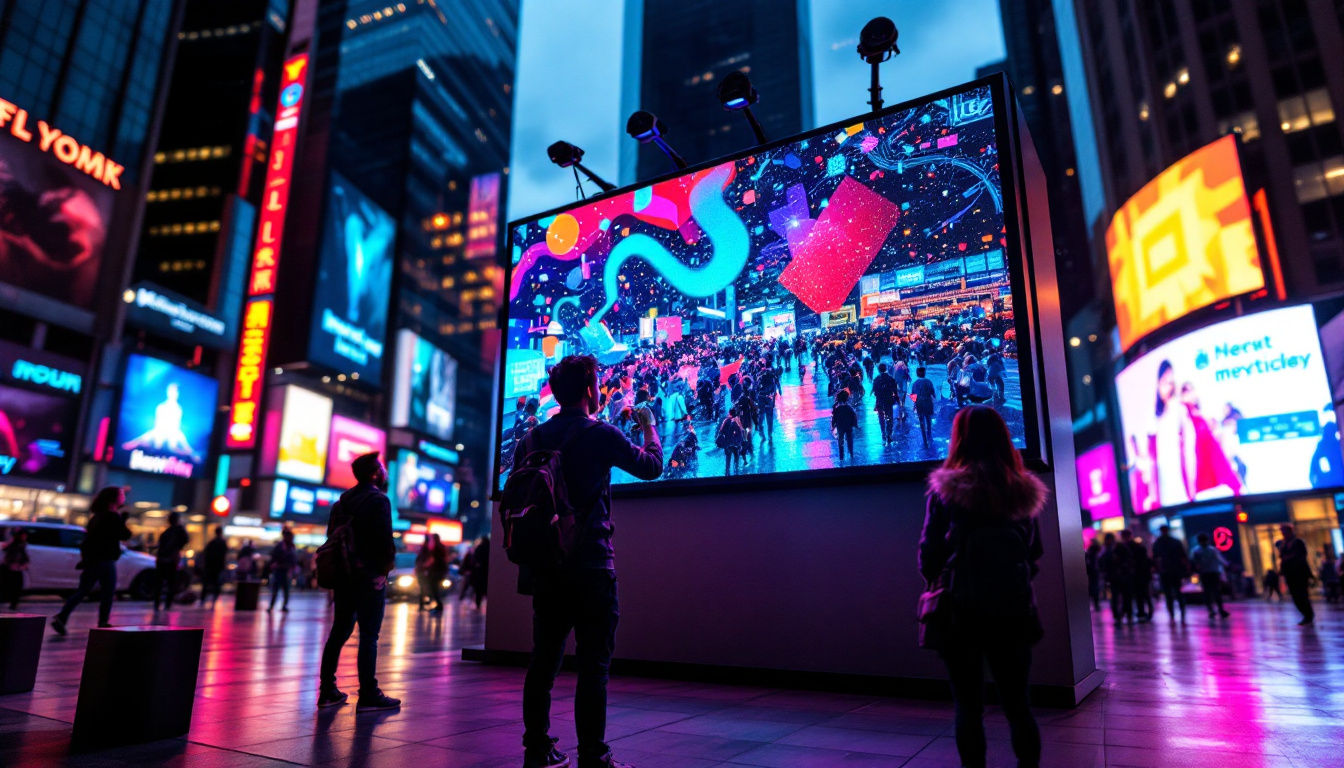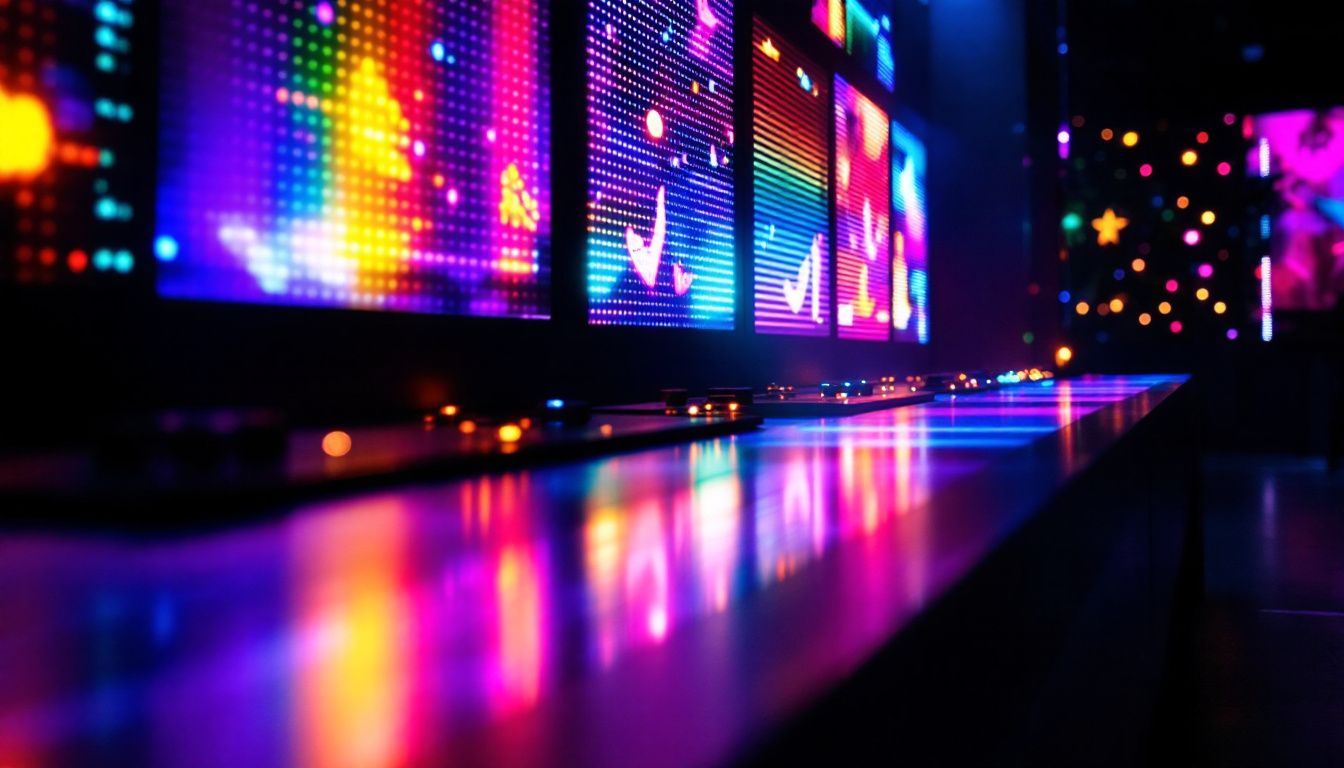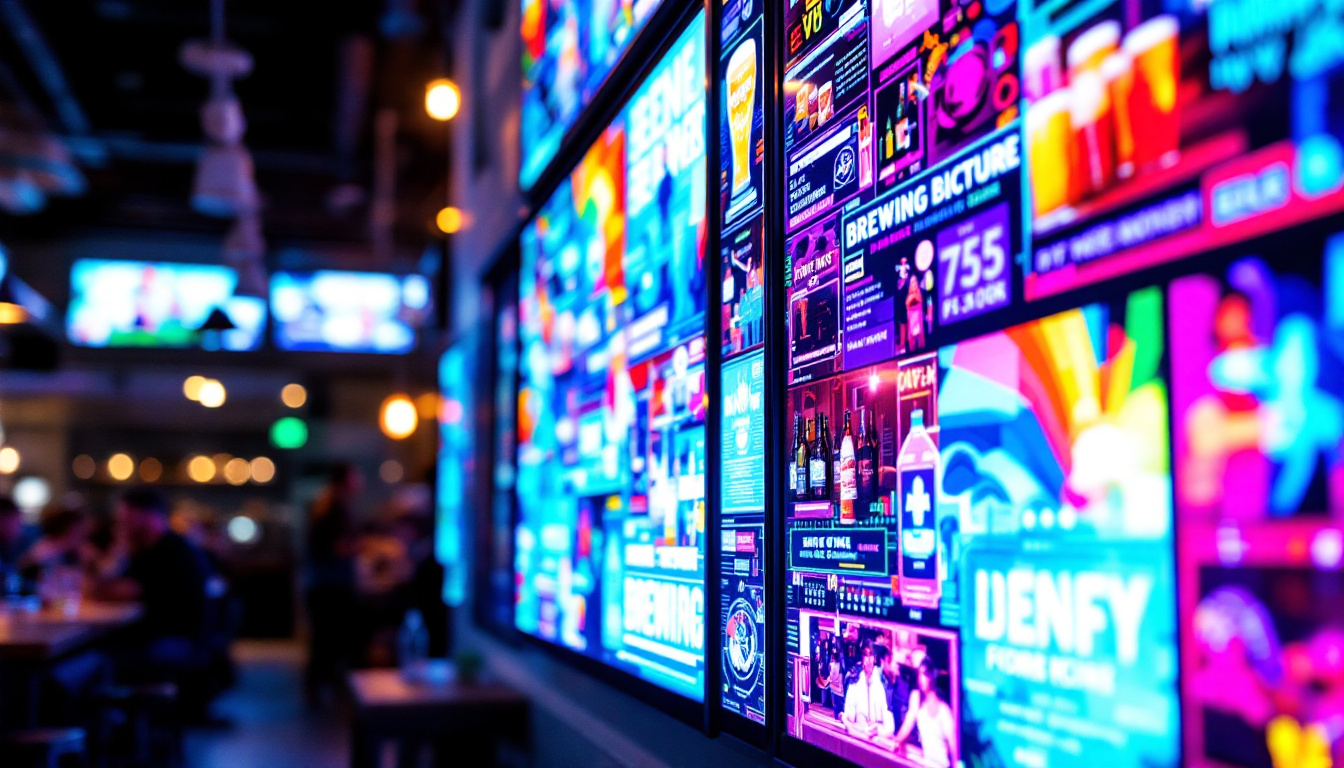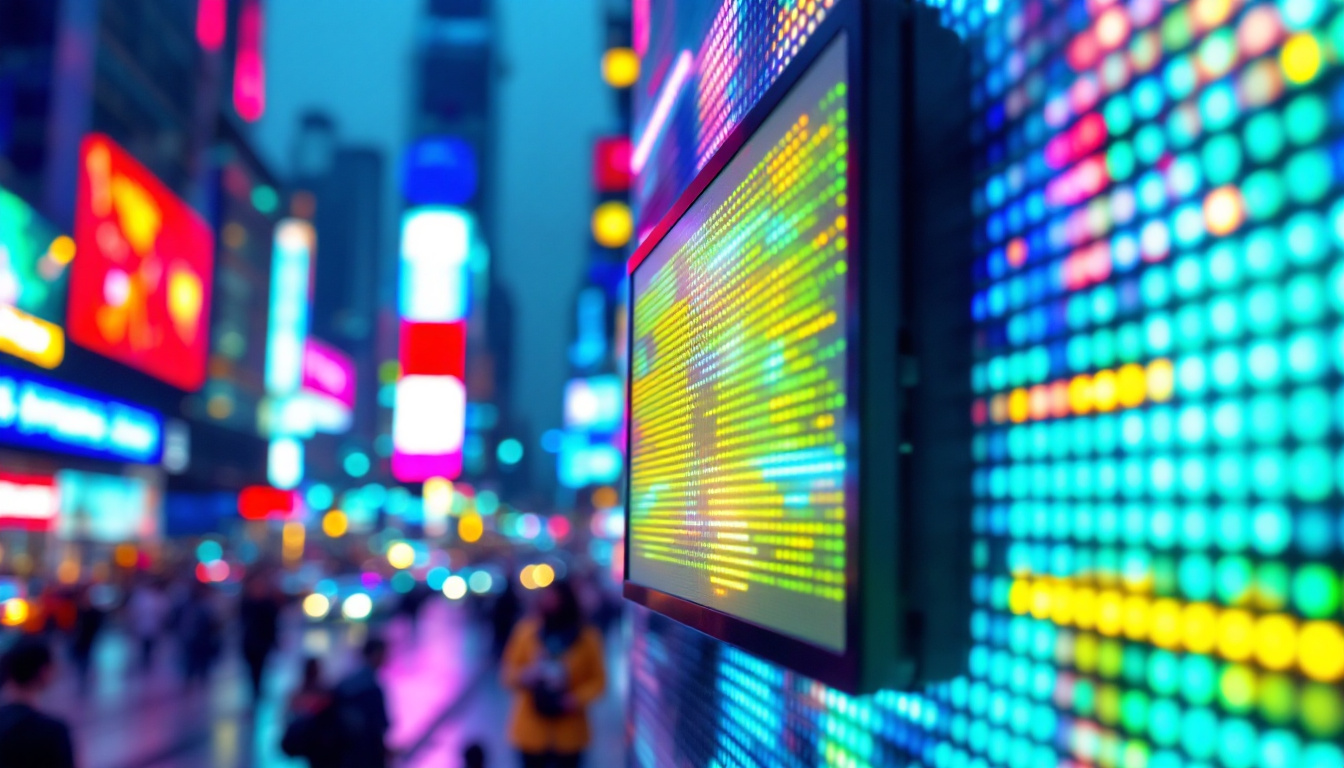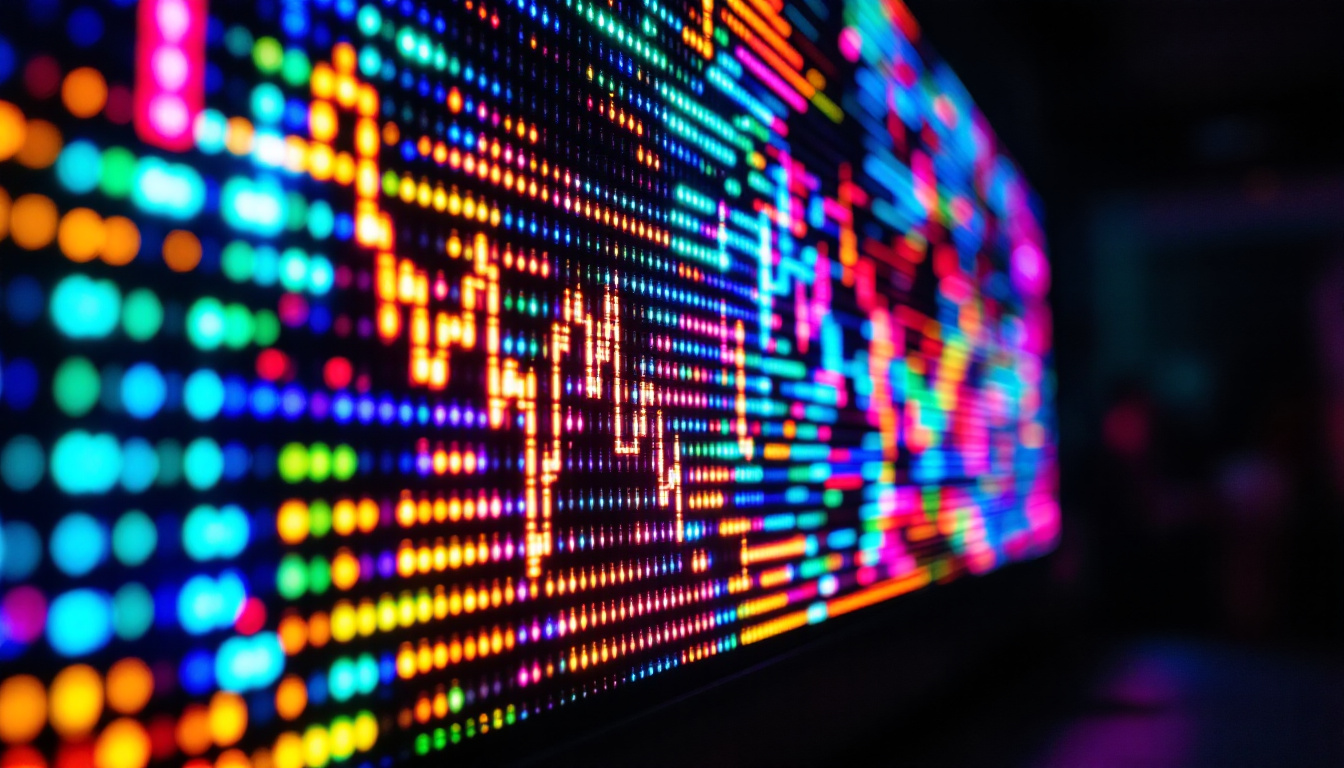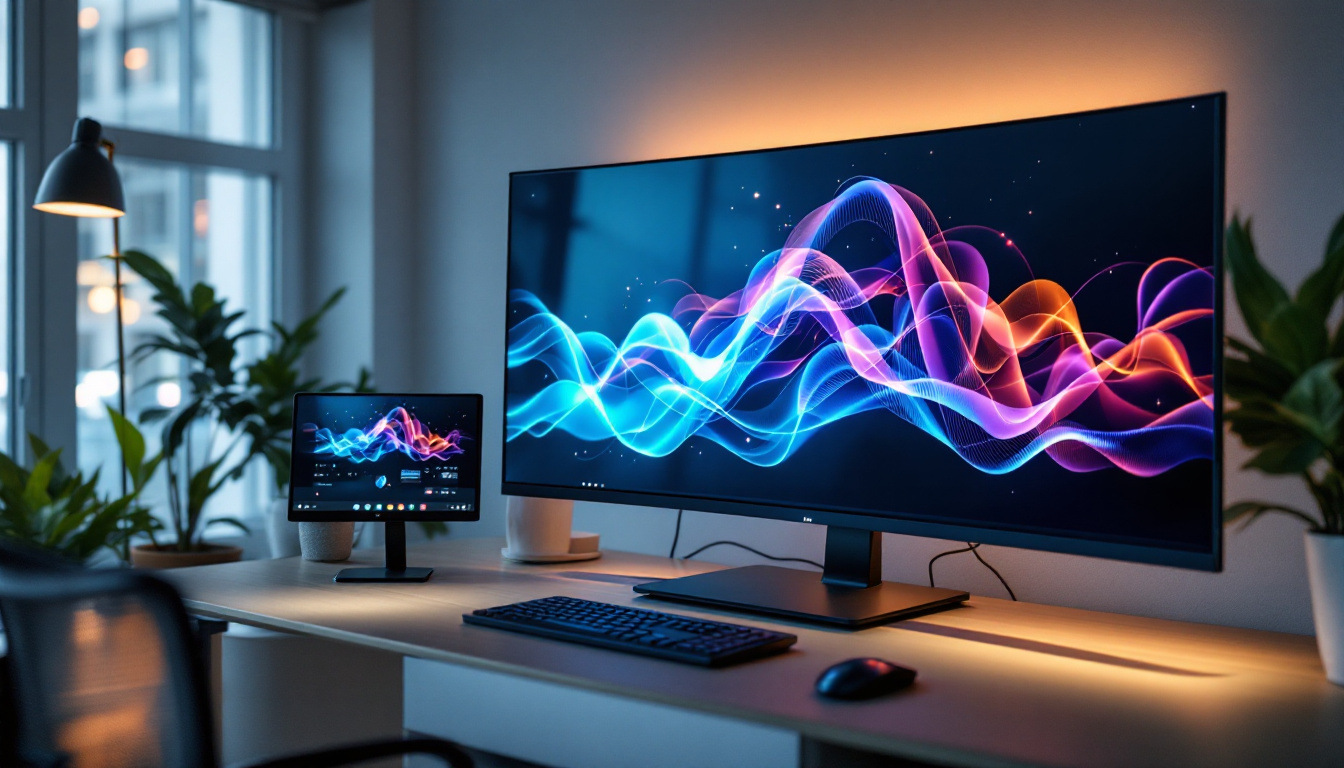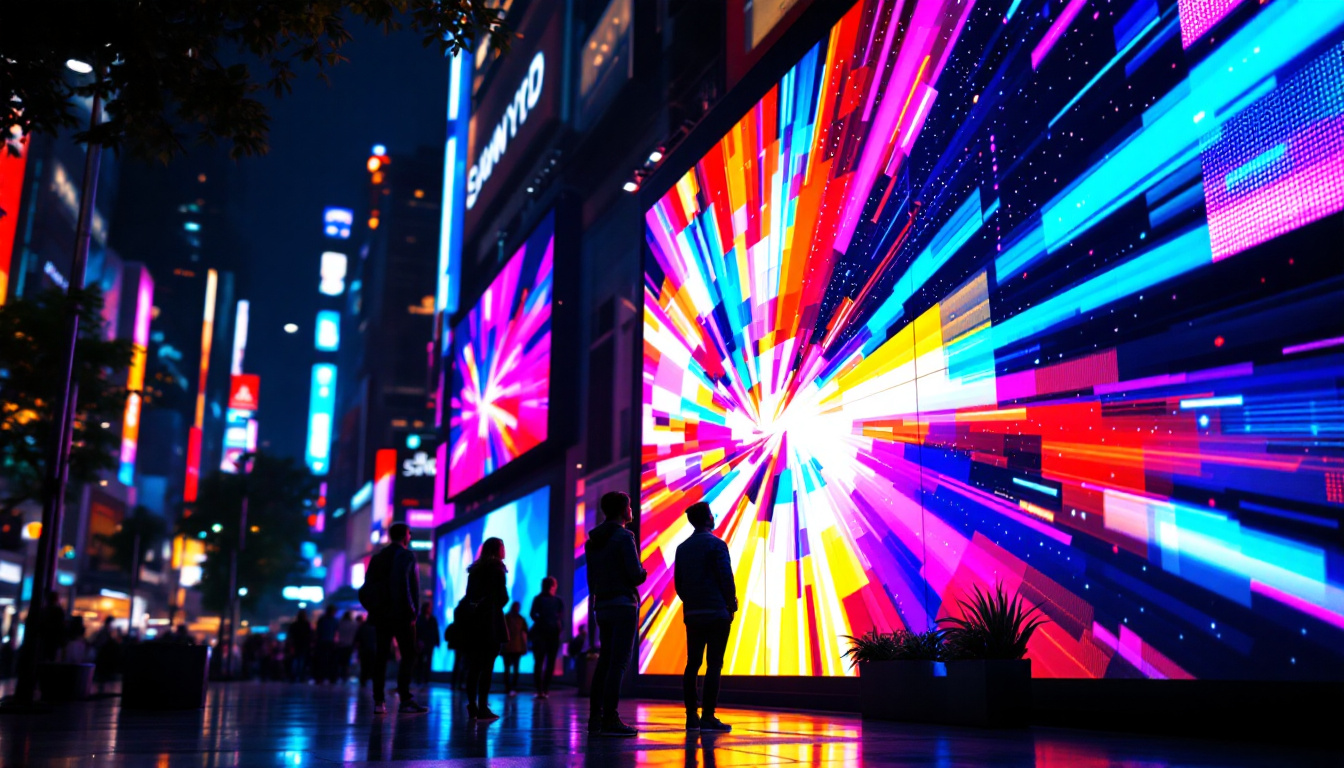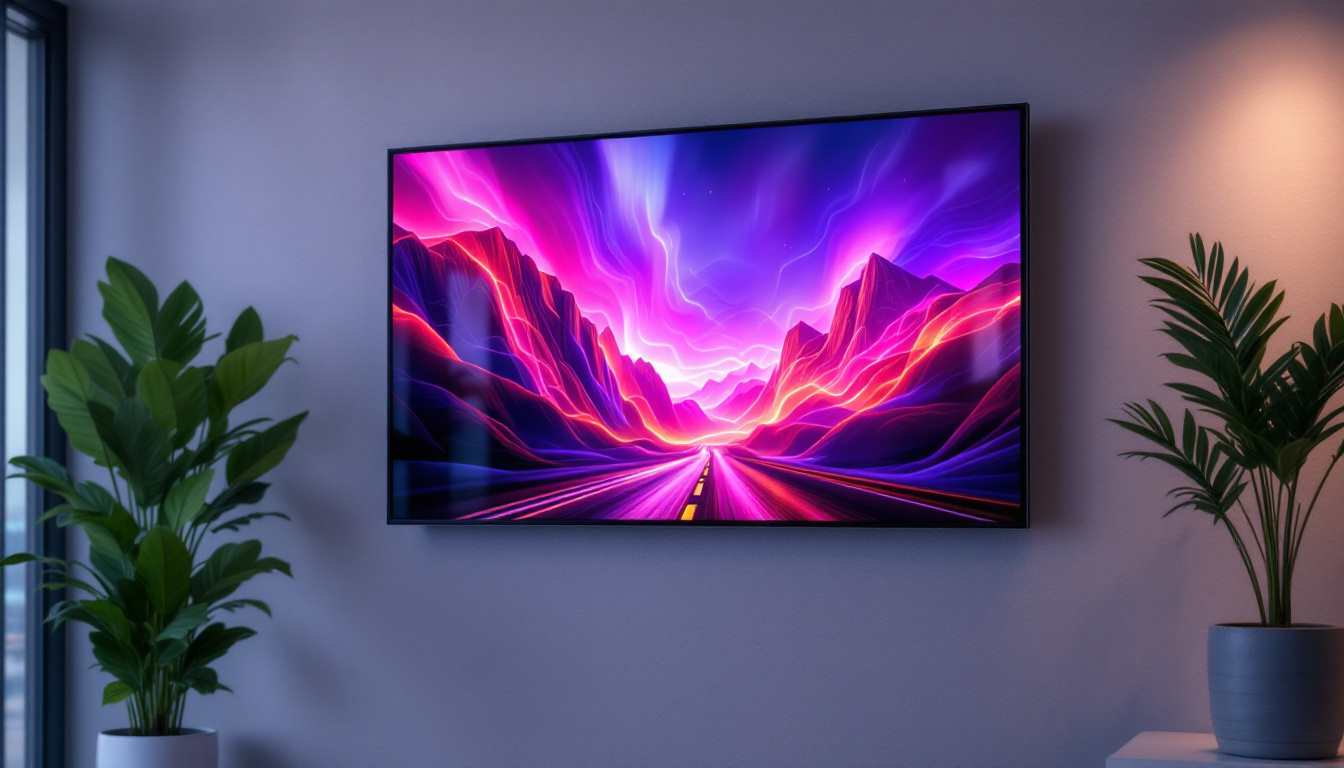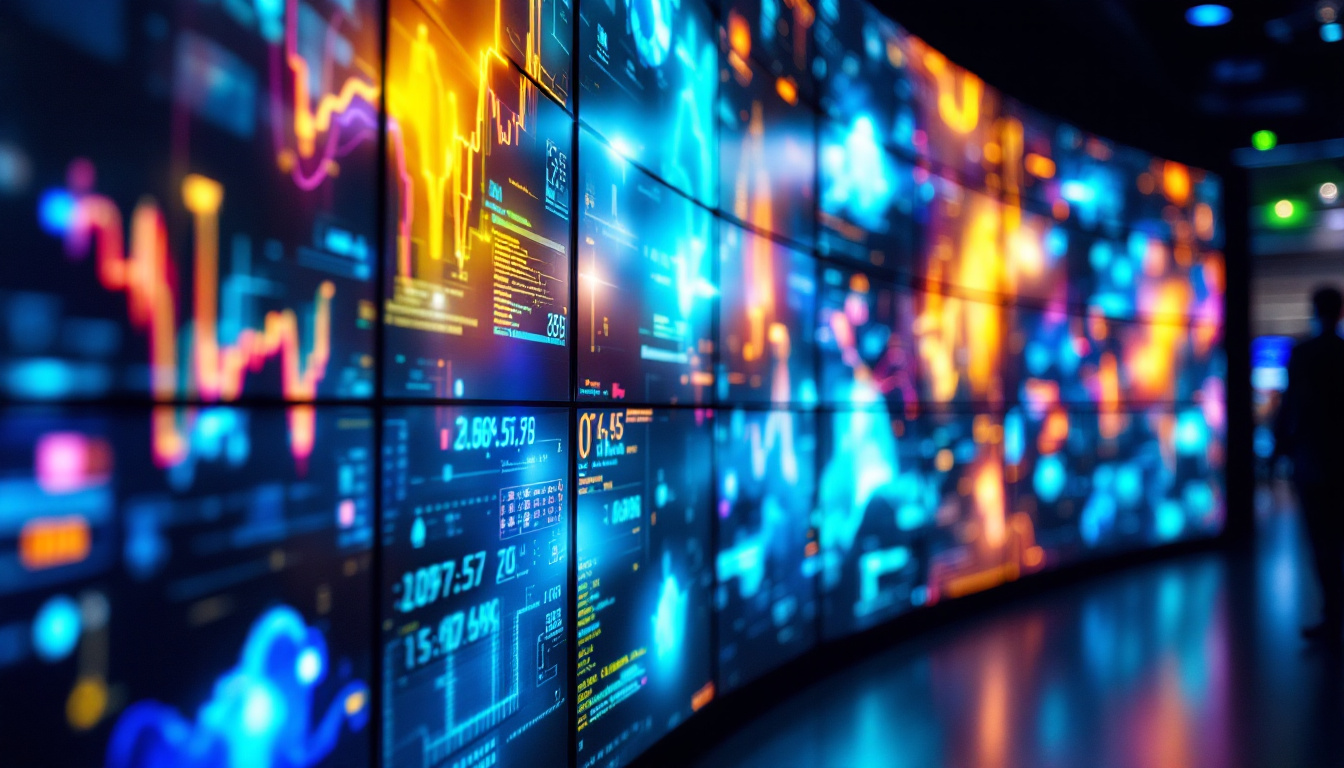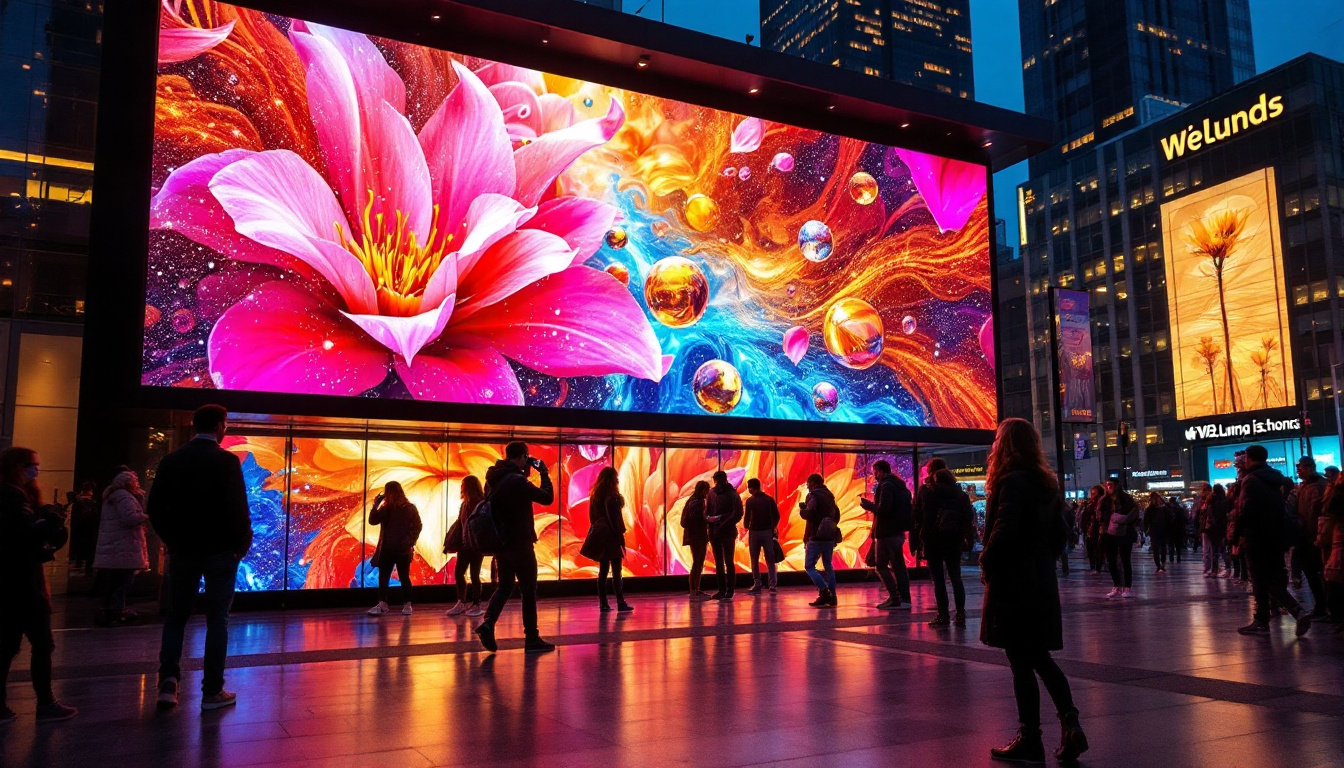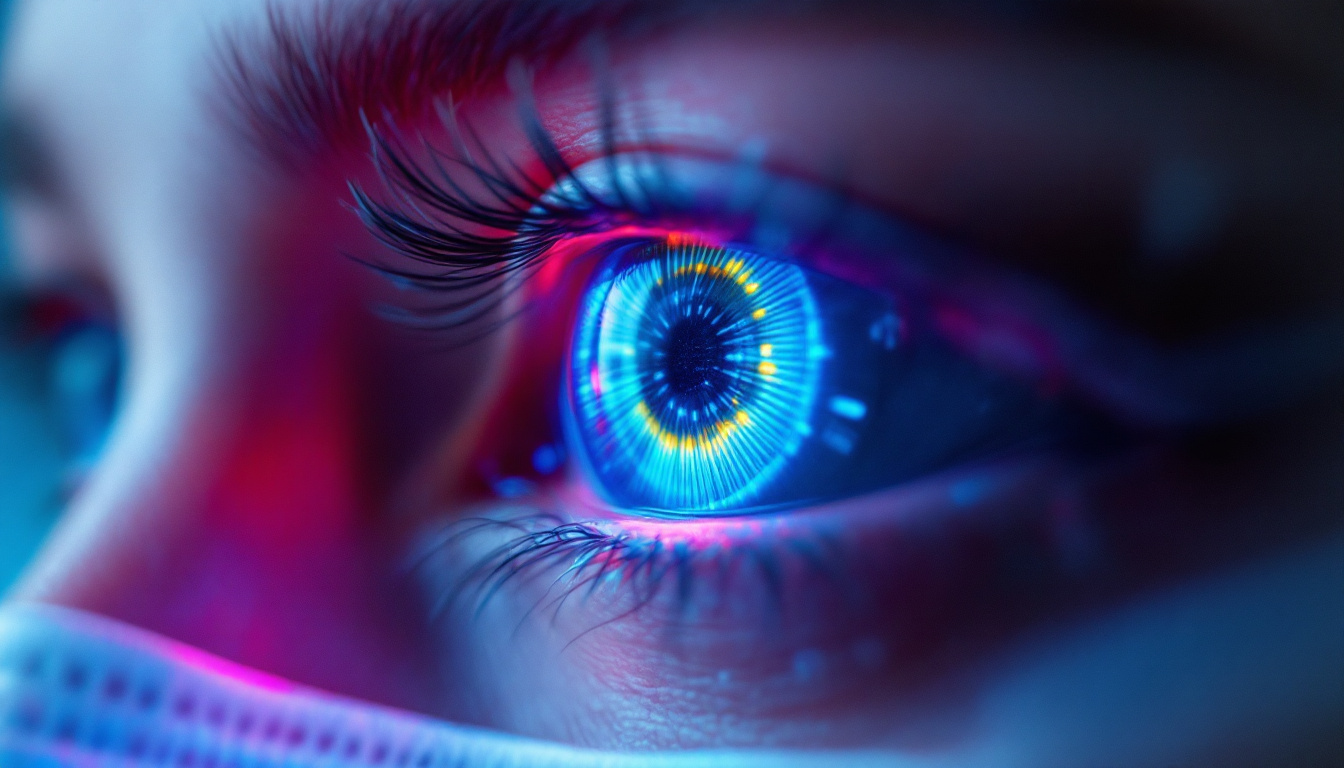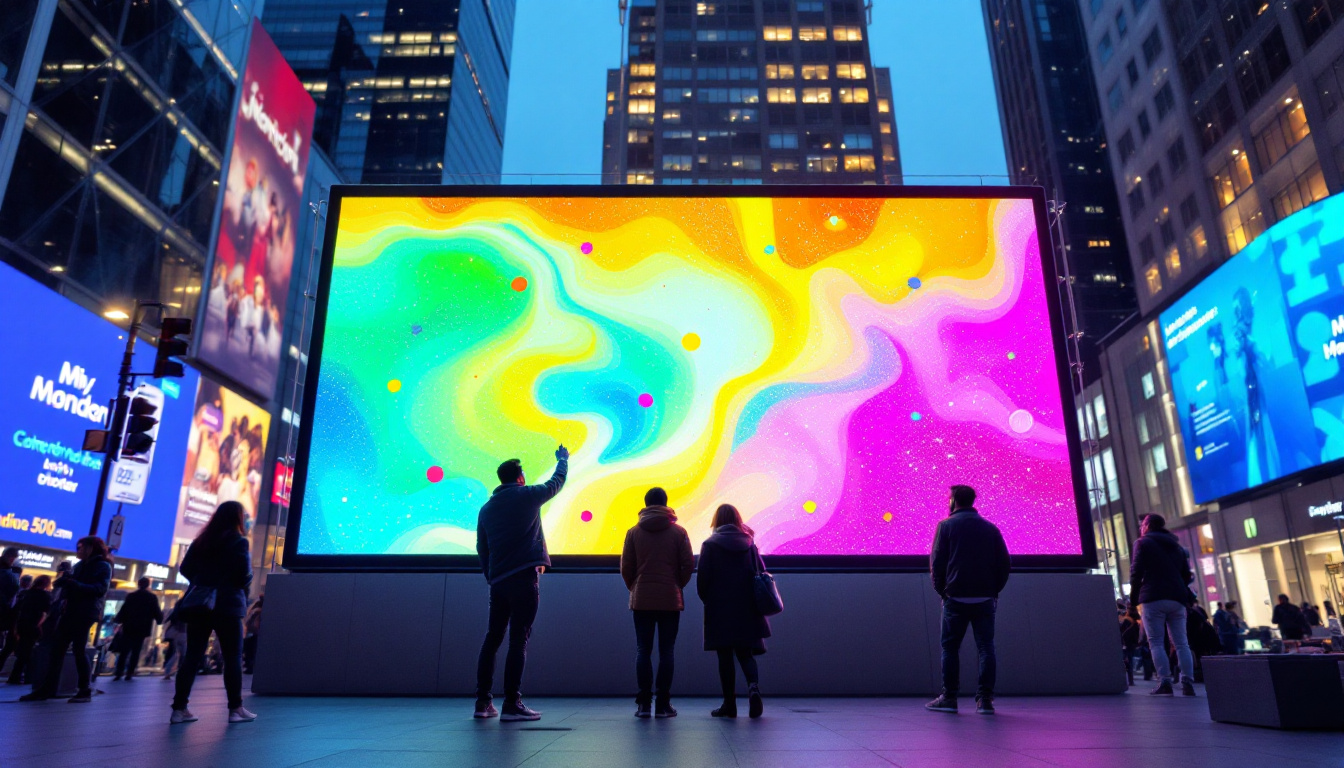In recent years, the demand for LED displays has surged, driven by advancements in technology and the growing need for high-quality visual communication. China has emerged as a global leader in the manufacturing of LED screens, producing a wide range of products that cater to various industries. This article delves into the intricacies of LED displays, the manufacturing landscape in China, and the factors that contribute to the country’s dominance in this sector.
Understanding LED Displays
LED displays are a type of flat panel display that uses light-emitting diodes (LEDs) as a source of illumination. They are widely used in various applications, including advertising, sports, concerts, and public information systems. The technology behind LED displays has evolved significantly, leading to improved brightness, color accuracy, and energy efficiency. The versatility of LED displays makes them a popular choice for both commercial and personal use, as they can be tailored to meet the specific needs of different environments and audiences.
Types of LED Displays
There are several types of LED displays, each designed for specific applications. The most common types include:
- Indoor LED Displays: These screens are typically used in venues such as shopping malls, conference rooms, and theaters. They are designed to deliver high-quality images and videos in controlled lighting environments. Indoor displays often feature higher pixel densities, allowing for crisp visuals even at close viewing distances.
- Outdoor LED Displays: Built to withstand harsh weather conditions, outdoor LED displays are often used for billboards, sports arenas, and public events. They are brighter than indoor displays to ensure visibility in direct sunlight. Additionally, many outdoor models come with protective coatings to prevent damage from rain, dust, and UV rays, ensuring longevity and reliability.
- Transparent LED Displays: A newer innovation, transparent LED displays allow for a see-through effect, making them ideal for retail environments where visibility is essential. These displays can be integrated into windows or glass structures, enabling brands to showcase dynamic content without obstructing the view of products or surroundings.
How LED Displays Work
LED displays function by illuminating pixels made up of red, green, and blue (RGB) LEDs. By adjusting the intensity of each color, a wide spectrum of colors can be produced. The combination of these colors creates the images and videos displayed on the screen. The resolution of an LED display is determined by the pixel pitch, which refers to the distance between the centers of two adjacent pixels. A smaller pixel pitch results in higher resolution and clearer images. Furthermore, advancements in technology have led to the development of microLED and miniLED displays, which offer even greater precision and color depth, enhancing the viewing experience.
In addition to their visual capabilities, LED displays are also known for their energy efficiency. Compared to traditional display technologies, such as LCD and plasma, LED displays consume significantly less power, making them a more sustainable choice for both consumers and businesses. This energy efficiency is particularly beneficial for large-scale installations, where operational costs can accumulate over time. Moreover, many modern LED displays come equipped with smart technology, allowing for remote control and real-time content updates, which can further streamline operations and enhance user engagement.
The LED Display Manufacturing Landscape in China
China’s dominance in the LED display market can be attributed to several factors, including technological advancements, cost-effective manufacturing processes, and a robust supply chain. The country is home to numerous manufacturers, ranging from large corporations to small enterprises, each contributing to the diverse offerings in the market. This vibrant ecosystem not only supports local businesses but also attracts international companies looking to leverage China’s manufacturing prowess.
In recent years, the LED display market has witnessed an unprecedented surge in demand, driven by the growing need for high-quality visual solutions across various sectors such as advertising, entertainment, and education. The integration of LED technology into everyday applications, from digital billboards to interactive displays in retail environments, has further solidified China’s position as a global leader in this field. As the market evolves, manufacturers are continuously adapting to emerging trends and consumer preferences, ensuring they remain competitive in a rapidly changing landscape.
Key Manufacturers in China
Some of the leading LED screen manufacturers in China include:
- Samsung Electronics: Although a South Korean company, Samsung has significant manufacturing operations in China, producing high-quality LED displays for various applications. Their commitment to innovation is evident in their development of QLED technology, which enhances the color accuracy and brightness of displays.
- LG Display: Another South Korean giant, LG Display, has established a strong presence in China, focusing on innovative display technologies. Their investment in OLED technology has set new standards for display quality, making them a formidable competitor in the LED market.
- Unilumin: A prominent Chinese manufacturer, Unilumin specializes in LED displays for both indoor and outdoor applications, known for their high-quality products and cutting-edge technology. Their focus on research and development has led to the creation of energy-efficient solutions that appeal to environmentally conscious consumers.
- Leyard: Leyard is a leading player in the LED display industry, offering a wide range of products, including rental displays and fixed installations. Their innovative designs cater to a variety of industries, from corporate events to large-scale concerts, showcasing the versatility of LED technology.
Factors Driving Growth
Several factors contribute to the rapid growth of the LED display manufacturing sector in China:
- Technological Innovation: Continuous research and development efforts have led to the introduction of advanced technologies, such as fine-pitch LED displays and smart displays that integrate with IoT devices. These innovations not only enhance the viewing experience but also enable real-time data analytics, which is increasingly important in a data-driven world.
- Cost Efficiency: China’s manufacturing capabilities allow for lower production costs, making LED displays more accessible to a broader audience. This cost advantage has encouraged businesses of all sizes to invest in LED technology, further driving market growth.
- Government Support: The Chinese government has implemented policies to promote the development of the electronics industry, providing financial incentives and support for research initiatives. This backing has fostered a competitive environment where manufacturers can thrive and innovate.
Moreover, the increasing focus on sustainability has prompted manufacturers to develop eco-friendly LED solutions, aligning with global trends towards greener technologies. Companies are now prioritizing energy-efficient designs and recyclable materials, which not only reduce environmental impact but also appeal to a growing demographic of environmentally conscious consumers. As the industry continues to evolve, the emphasis on sustainability will likely play a crucial role in shaping the future of LED display manufacturing in China.
Quality Control in LED Display Manufacturing
Quality control is a critical aspect of LED display manufacturing. With the increasing competition in the market, manufacturers must ensure that their products meet high standards of performance and reliability. Various testing methods are employed to guarantee quality throughout the production process.
Testing Procedures
Manufacturers typically implement several testing procedures, including:
- Color Calibration: Ensuring color accuracy is essential for delivering high-quality visuals. Calibration processes are conducted to adjust the color output of each display.
- Brightness Testing: Brightness levels are measured to ensure that displays can perform well in various lighting conditions, particularly for outdoor applications.
- Durability Testing: LED displays undergo rigorous testing to assess their durability and resistance to environmental factors, such as moisture and temperature fluctuations.
Certifications and Standards
To ensure product quality and safety, many manufacturers seek certifications from recognized organizations. Common certifications include:
- CE Certification: Indicates compliance with European safety and environmental standards.
- RoHS Compliance: Ensures that products are free from hazardous substances.
- ISO Certification: Demonstrates adherence to international quality management standards.
Applications of LED Displays
LED displays have found applications across various sectors, thanks to their versatility and effectiveness in delivering visual content. Some of the most notable applications include:
Advertising and Marketing
One of the most prominent uses of LED displays is in advertising. Billboards and digital signage equipped with LED technology capture the attention of passersby with vibrant colors and dynamic content. Businesses leverage these displays to promote products, services, and events, often utilizing real-time data to create engaging advertisements.
Entertainment and Events
In the entertainment industry, LED displays play a crucial role in enhancing the visual experience at concerts, festivals, and sporting events. Large-scale LED screens are used to broadcast live performances, provide instant replays, and display visual effects, creating an immersive atmosphere for audiences.
Public Information Systems
LED displays are also widely used in public information systems, such as transportation hubs and municipal buildings. They provide real-time updates on schedules, weather conditions, and emergency alerts, ensuring that the public stays informed and safe.
Future Trends in LED Display Technology
The LED display industry is continuously evolving, with new trends and innovations shaping its future. Some of the key trends to watch include:
Advancements in Fine-Pitch Technology
Fine-pitch LED displays, which feature smaller pixel pitches, are becoming increasingly popular for indoor applications. These displays offer higher resolutions and improved image quality, making them ideal for environments where close viewing is necessary, such as control rooms and conference centers.
Integration with Smart Technologies
As the Internet of Things (IoT) continues to grow, LED displays are being integrated with smart technologies. This integration allows for enhanced interactivity, enabling users to engage with content in real-time. For example, smart displays can connect to mobile devices, allowing users to customize what they see based on their preferences.
Sustainability Initiatives
With increasing awareness of environmental issues, manufacturers are focusing on sustainability in their production processes. This includes using eco-friendly materials, reducing energy consumption, and implementing recycling programs for end-of-life products. Sustainable practices not only benefit the environment but also appeal to consumers who prioritize eco-friendly products.
Conclusion
The LED display industry in China is thriving, driven by technological advancements and a robust manufacturing ecosystem. As the demand for high-quality visual communication continues to grow, LED screens are becoming an integral part of various sectors, from advertising to public information systems. With ongoing innovations and a focus on sustainability, the future of LED displays looks promising, positioning China as a leader in this dynamic market.
As businesses and organizations seek to enhance their visual communication strategies, understanding the capabilities and applications of LED displays will be crucial. The journey of LED technology is far from over, and its potential to transform how information is shared and experienced is limitless.
Discover LumenMatrix’s Innovative LED Display Solutions
As you consider the future of visual communication and the role of LED displays, LumenMatrix stands at the forefront of this transformative technology. With a commitment to innovation and quality, LumenMatrix offers a diverse range of LED display modules designed to meet the needs of any application. From captivating Indoor LED Wall Displays to dynamic Outdoor LED Wall Displays, and from versatile Vehicle LED Displays to sleek LED Poster Displays, our solutions are crafted to enhance brand visibility and engage audiences. Whether you’re looking for a Custom LED Display or an All-in-One LED Display solution, LumenMatrix is dedicated to empowering your business with displays that deliver your message with unparalleled impact and clarity. Check out LumenMatrix LED Display Solutions and take the first step towards revolutionizing your visual communication strategy.

